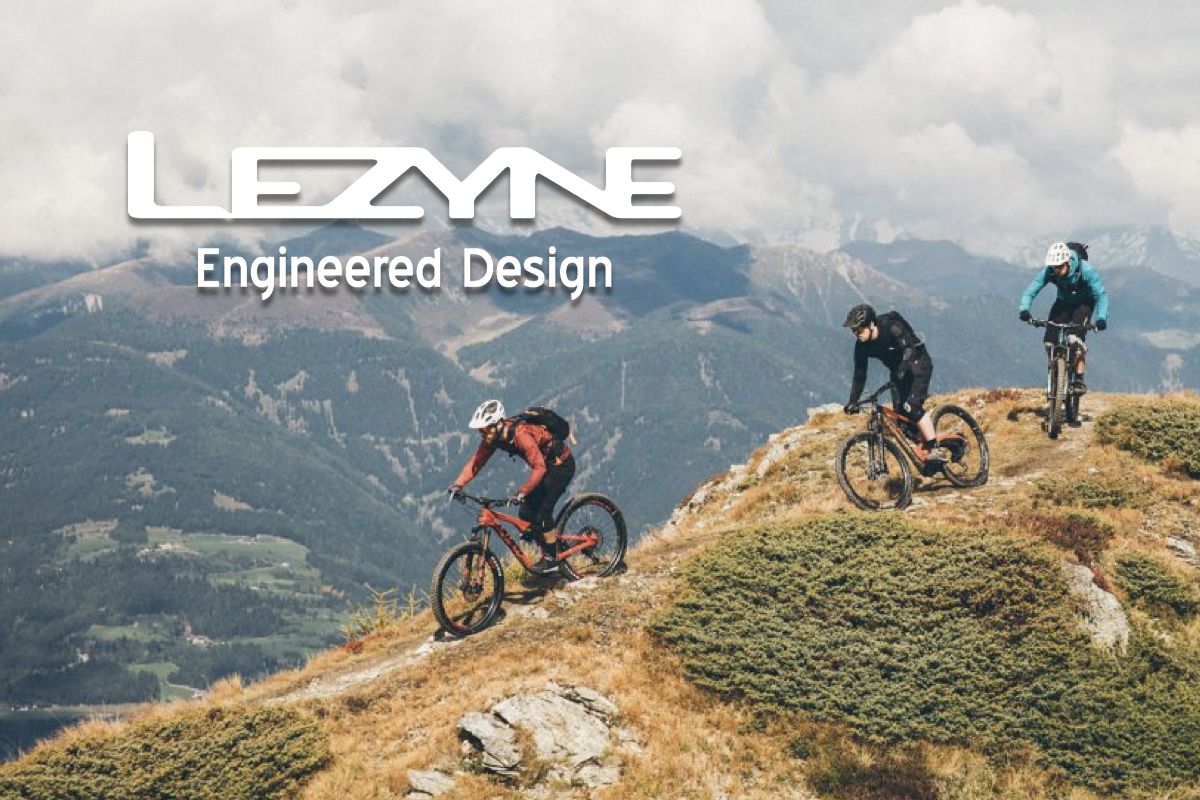As you ride your bike more and more, take it to more places, ride under various circumstances, day or night, you notice that you have slowly been accumulating multi-tools, bike pumps, lighting, saddle bags etcetera. Things have happened on the road or a trail that compelled you to buy one piece, and then another, and slowly and organically your collection of accessories has grown to the point that you realize that accessorizing is really a thing for the more serious bike rider.
And not an unimportant one at that. Where my connotation with the word “accessories” has long been kind of like “stuff that is nice to have, but you don’t really need” we have noticed that when it comes to bikes, accessories, if nothing else, are things you will sorely miss at a certain moment. And in many cases, you cannot do without it.
ik-ˈse-sə-rē , ak- , ek- , -ˈses-rē also ə-ˈse- an object or device that is not essential in itself but adds to the beauty, convenience, or effectiveness of something else – Webster’s dictionary
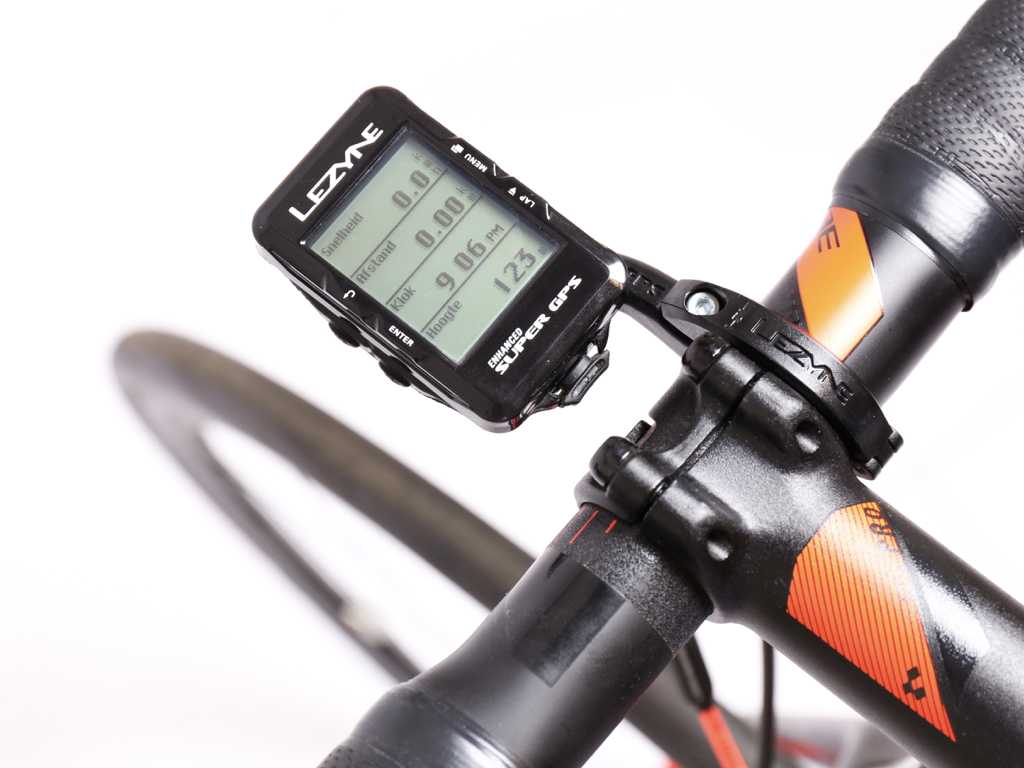 Be it a pump for a puncture on a trail in the middle of nowhere, a multi-tool when you notice a bolt on your suspension system getting dangerously loose on that sketchy downhill or lights for when you are coming back from the trail and dusk sets in. Or a GPS unit to navigate your way back home. You cannot go without.
When we at GearLimits look at gear, we always look at products with the “lenses” of fun, performance, and safety. Great gear needs to improve on at least one, and preferably more of those elements. And looking at bike accessories, there are a lot of items that really tick those boxes, and elevate those products to more than just “objects of convenience”.
As our interest in this category of products grew, we looked towards one of the brands we have reviewed products of in the past to see if we could find out what it is that makes a bike accessory brand tick. Why and how do they make their products?
This is our Inside-Out project with Lezyne.
Be it a pump for a puncture on a trail in the middle of nowhere, a multi-tool when you notice a bolt on your suspension system getting dangerously loose on that sketchy downhill or lights for when you are coming back from the trail and dusk sets in. Or a GPS unit to navigate your way back home. You cannot go without.
When we at GearLimits look at gear, we always look at products with the “lenses” of fun, performance, and safety. Great gear needs to improve on at least one, and preferably more of those elements. And looking at bike accessories, there are a lot of items that really tick those boxes, and elevate those products to more than just “objects of convenience”.
As our interest in this category of products grew, we looked towards one of the brands we have reviewed products of in the past to see if we could find out what it is that makes a bike accessory brand tick. Why and how do they make their products?
This is our Inside-Out project with Lezyne.The start of Lezyne
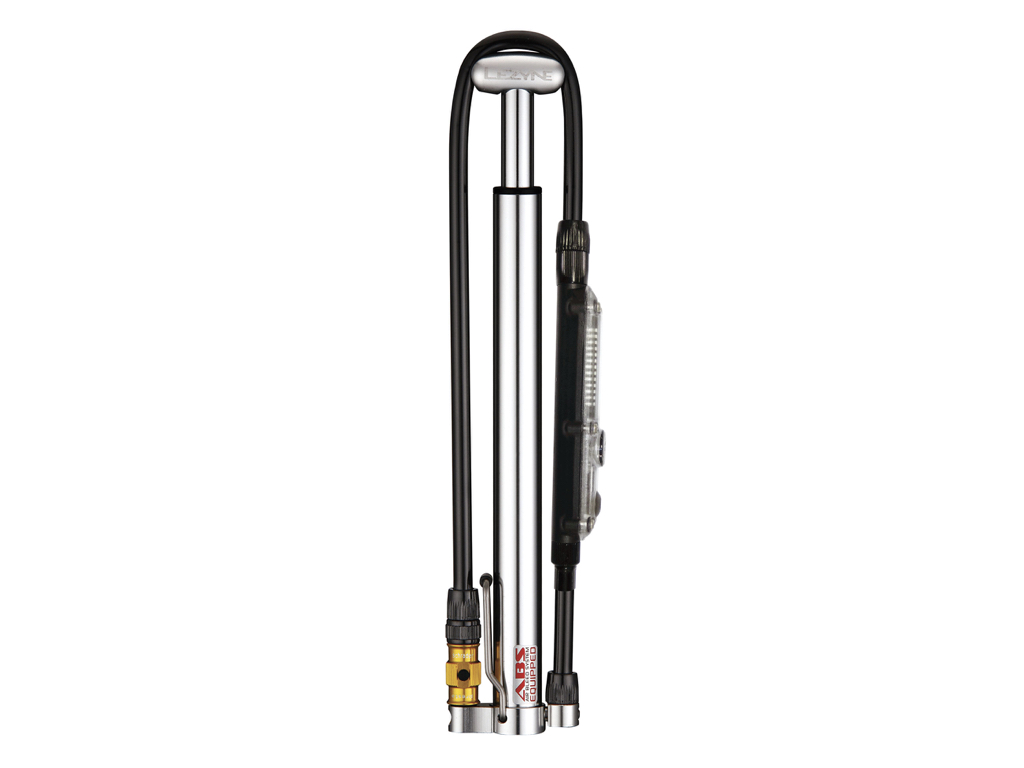 It’s a dreary day here in the Netherlands when I start my Skype call with Dillon Clapp, Worldwide Marketing Manager of Lezyne. It’s early in San Luis Obispo where Lezyne has its headquarters; and Dillon starts by telling me how San Luis Obispo is situated just between San Francisco and LA, that it combines the best of these already great areas to live and how this area is just heaven for riding bikes. It is a drastically smaller city, with seemingly unlimited and unpopulated open space surrounding it, ideal for road cycling and MTB. The strong cycling community enjoys even better weather circumstances than in the two neighboring cities. Certainly better than the weather outside my window.
A perfect location for a bike accessories company like Lezyne, where the focus is “to make great functioning, beautiful products, and offers great value for money” as Dillon simply puts it. My Dutch skepticism rears its head: obviously, no brand will say that they want to make ugly, bad, expensive stuff. Besides the reviews we did of Lezyne gear, which were invariably positive reviews, how does that focus translate into reality? How do we know that it’s more than marketing speak? How does Lezyne do what it says it does?
It’s a dreary day here in the Netherlands when I start my Skype call with Dillon Clapp, Worldwide Marketing Manager of Lezyne. It’s early in San Luis Obispo where Lezyne has its headquarters; and Dillon starts by telling me how San Luis Obispo is situated just between San Francisco and LA, that it combines the best of these already great areas to live and how this area is just heaven for riding bikes. It is a drastically smaller city, with seemingly unlimited and unpopulated open space surrounding it, ideal for road cycling and MTB. The strong cycling community enjoys even better weather circumstances than in the two neighboring cities. Certainly better than the weather outside my window.
A perfect location for a bike accessories company like Lezyne, where the focus is “to make great functioning, beautiful products, and offers great value for money” as Dillon simply puts it. My Dutch skepticism rears its head: obviously, no brand will say that they want to make ugly, bad, expensive stuff. Besides the reviews we did of Lezyne gear, which were invariably positive reviews, how does that focus translate into reality? How do we know that it’s more than marketing speak? How does Lezyne do what it says it does?“Imagine the product, and make it.”
According to Dillon, it has a lot to do with the character of Lezyne’s founder, the German-born former professional triathlete Micki Kozuschek. Before starting Lezyne, Micki owned and operated two other companies that produced bikes and bike components. After selling his last company Truvativ to SRAM, followed by a two-year break from the industry, Micki started Lezyne in 2007. All the experience Micki brought with him and the way his interest and expertise covers the whole product creation chain pervades the entire company. “Micki’s philosophy boils down to a simple statement: ‘Imagine the product, and make it.’ That is what we do, every day.” says Dillon, who was one of Micki’s first hires.
Engineered Design
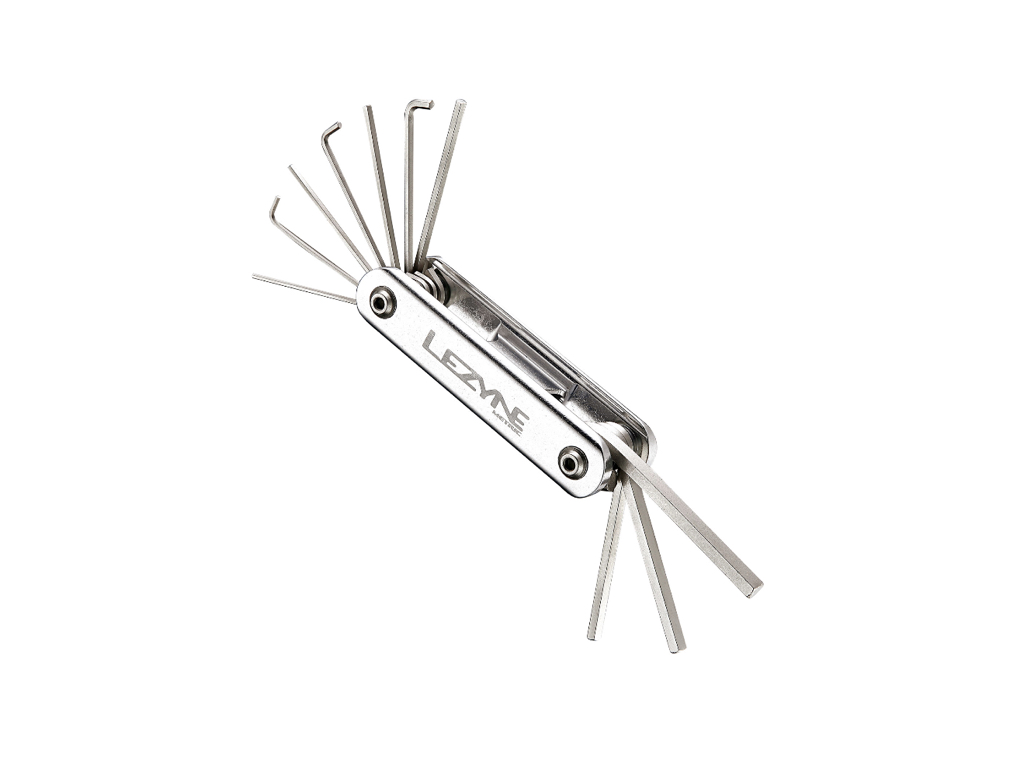 From concept to product management, to engineering, production, and marketing: from 3D CAD designs to machining a prototype in-house. From setting up a factory to starting a complete GPS platform. Everything Lezyne does is done in-house, from start to finish.
“We are an engineering first company, and Micki trains his R&D personnel to be more than just engineers (like he was/is). They’re product managers, industrial designers, and engineers.” Lezyne does not work with outside agencies or consultants – the entire company is run in-house. And coming from a bike component background, Micki’s love for well-machined aluminum accessories is recognizable in various products.
Because of this multi-expertise approach, there is a close integration of function and design, which is expressed in their “Engineered Design” pay-off. And because of the fact that Lezyne produces everything in-house, the brand can react much quicker to an ever-evolving market, “Allowing us to stay on the cutting edge of technology and design.” while keeping costs at a reasonable level.
From concept to product management, to engineering, production, and marketing: from 3D CAD designs to machining a prototype in-house. From setting up a factory to starting a complete GPS platform. Everything Lezyne does is done in-house, from start to finish.
“We are an engineering first company, and Micki trains his R&D personnel to be more than just engineers (like he was/is). They’re product managers, industrial designers, and engineers.” Lezyne does not work with outside agencies or consultants – the entire company is run in-house. And coming from a bike component background, Micki’s love for well-machined aluminum accessories is recognizable in various products.
Because of this multi-expertise approach, there is a close integration of function and design, which is expressed in their “Engineered Design” pay-off. And because of the fact that Lezyne produces everything in-house, the brand can react much quicker to an ever-evolving market, “Allowing us to stay on the cutting edge of technology and design.” while keeping costs at a reasonable level.
Product Groups
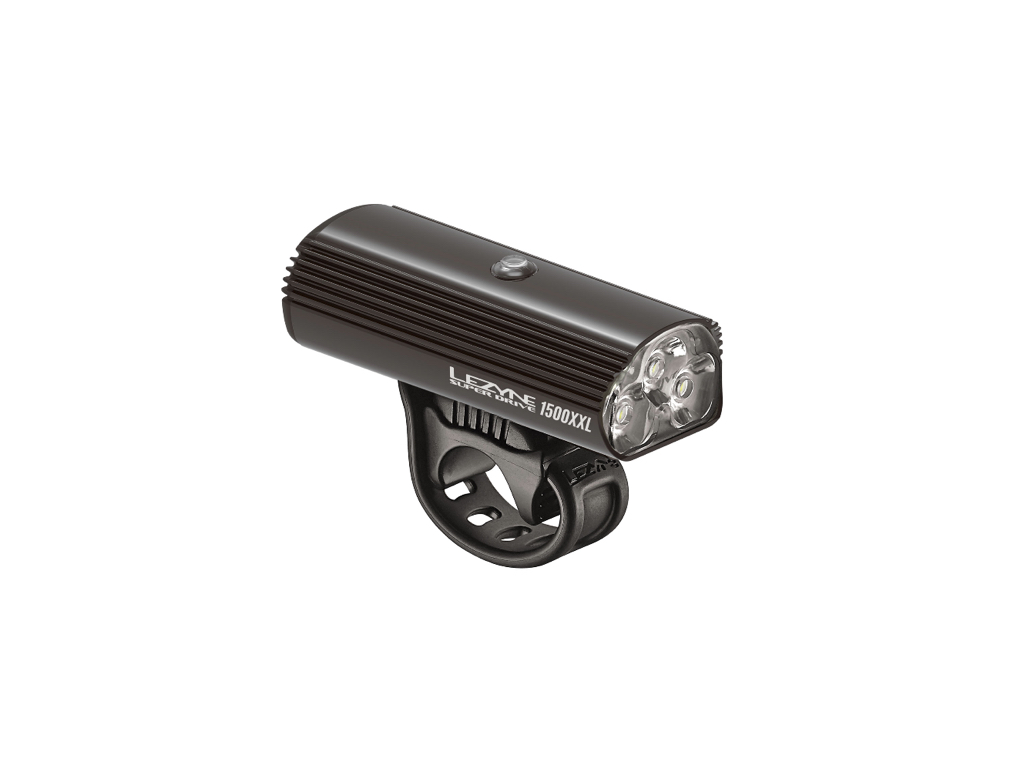 So what does Lezyne actually produce? They started off with multi-tools, hand pumps, saddle bags, C02 inflators, bottle cages and eventually started producing electronics. Lights were added and had become a very important product group. “At first the LED lights were for fun because you want to ride your bike at night, but it quickly turned to safety because daytime visibility was a major thing.” The interesting thing to me was the importance of daytime visibility, seeing as in the US, even in San Luis Obispo, cyclists have to share the road with motorists, and visibility is crucial in those circumstances. In the Netherlands, we have quite an amazing bike infrastructure with separate bike lanes almost everywhere, so daylight lighting is less of an issue. But I can imagine quite well that it is an issue if you have to thread your way through car traffic every day.
So what does Lezyne actually produce? They started off with multi-tools, hand pumps, saddle bags, C02 inflators, bottle cages and eventually started producing electronics. Lights were added and had become a very important product group. “At first the LED lights were for fun because you want to ride your bike at night, but it quickly turned to safety because daytime visibility was a major thing.” The interesting thing to me was the importance of daytime visibility, seeing as in the US, even in San Luis Obispo, cyclists have to share the road with motorists, and visibility is crucial in those circumstances. In the Netherlands, we have quite an amazing bike infrastructure with separate bike lanes almost everywhere, so daylight lighting is less of an issue. But I can imagine quite well that it is an issue if you have to thread your way through car traffic every day.“At first the LED lights were for fun because you want to ride your bike at night, but it quickly turned to safety because daytime visibility was a major thing.”
In addition to these product groups, Lezyne added GPS head units to their collection of products and eventually started their GPS platform. A website and app in which all the data from the GPS Head units are collected and in which 3rd party services such as Strava can be synced. This platform is a very important part of the future of Lezyne, in which, through, for example, offering training schedules, Lezyne hopes to service their customers with more than accessories only.
There are so many features, the GPS platform is so expansive, it is too much to go into in this article. We will look at that later in conjunction with our reviews of GPS-Head units. In the meantime, you can check out more information here on Lezyne’s GPS ecosystem.
Working with Athletes
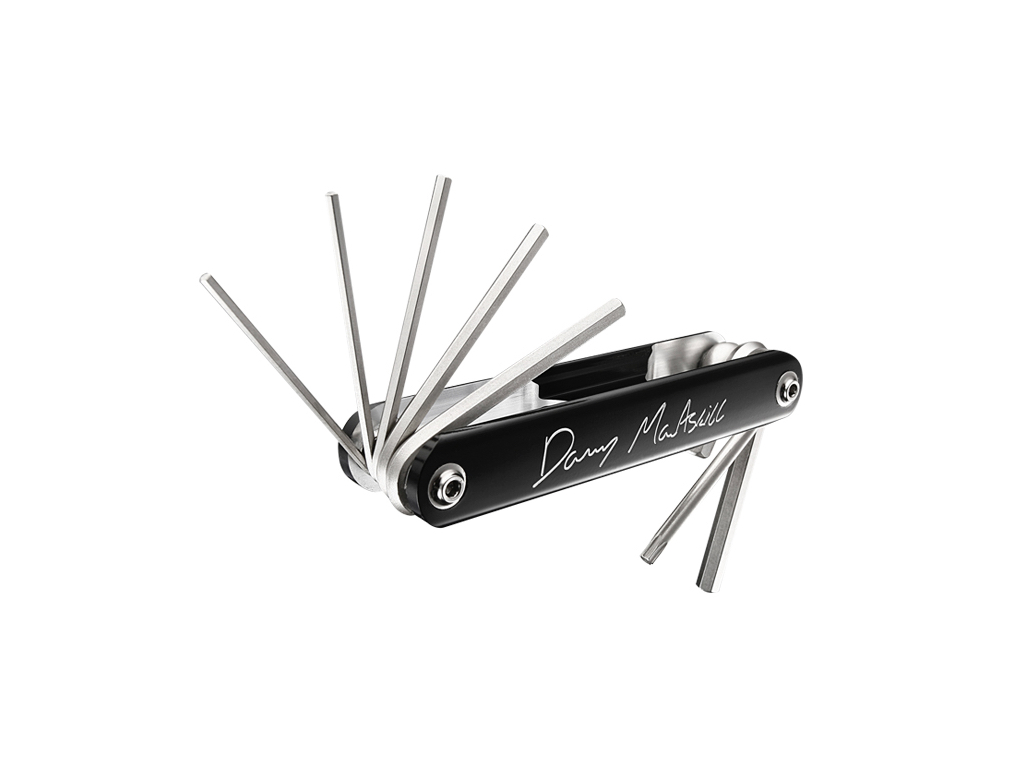 Lezyne works with a large number of athletes in various cycling disciplines. Being a bit of a MacAskill fan, we couldn’t help to ask Dillon about their partnership with Danny, arguably the best street/trial biker at the moment. Danny is one of the many athletes Lezyne supports, supplies with products and with whom the company works together on developing products. How did that work with Danny? “Danny is very particular about the brands he works with, so we were thrilled when he contacted us. We’ve supported Danny and supplied him with essential accessories, actually producing a signature Danny MacAskill multi-tool with him that fit everything he needed. But also on his recent ride of the Kilimanjaro in Kenya, his use of the GPS head unit and feedback on it, was really important to the further development of the platform.”
Lezyne works with a large number of athletes in various cycling disciplines. Being a bit of a MacAskill fan, we couldn’t help to ask Dillon about their partnership with Danny, arguably the best street/trial biker at the moment. Danny is one of the many athletes Lezyne supports, supplies with products and with whom the company works together on developing products. How did that work with Danny? “Danny is very particular about the brands he works with, so we were thrilled when he contacted us. We’ve supported Danny and supplied him with essential accessories, actually producing a signature Danny MacAskill multi-tool with him that fit everything he needed. But also on his recent ride of the Kilimanjaro in Kenya, his use of the GPS head unit and feedback on it, was really important to the further development of the platform.”

“There’re a lot of different athletes needing different things from the GPS head unit.”
 Athletes have been involved in the development of GPS head units. “There’re a lot of different athletes needing different things from the GPS head units: from adventurers like Alison Tetrick whose main need is navigation to road teams that work with training numbers. They give us input on what training fields they need, how the screen looks, how the navigation should react. It’s all crucial to the products we make.”
Athletes have been involved in the development of GPS head units. “There’re a lot of different athletes needing different things from the GPS head units: from adventurers like Alison Tetrick whose main need is navigation to road teams that work with training numbers. They give us input on what training fields they need, how the screen looks, how the navigation should react. It’s all crucial to the products we make.”
